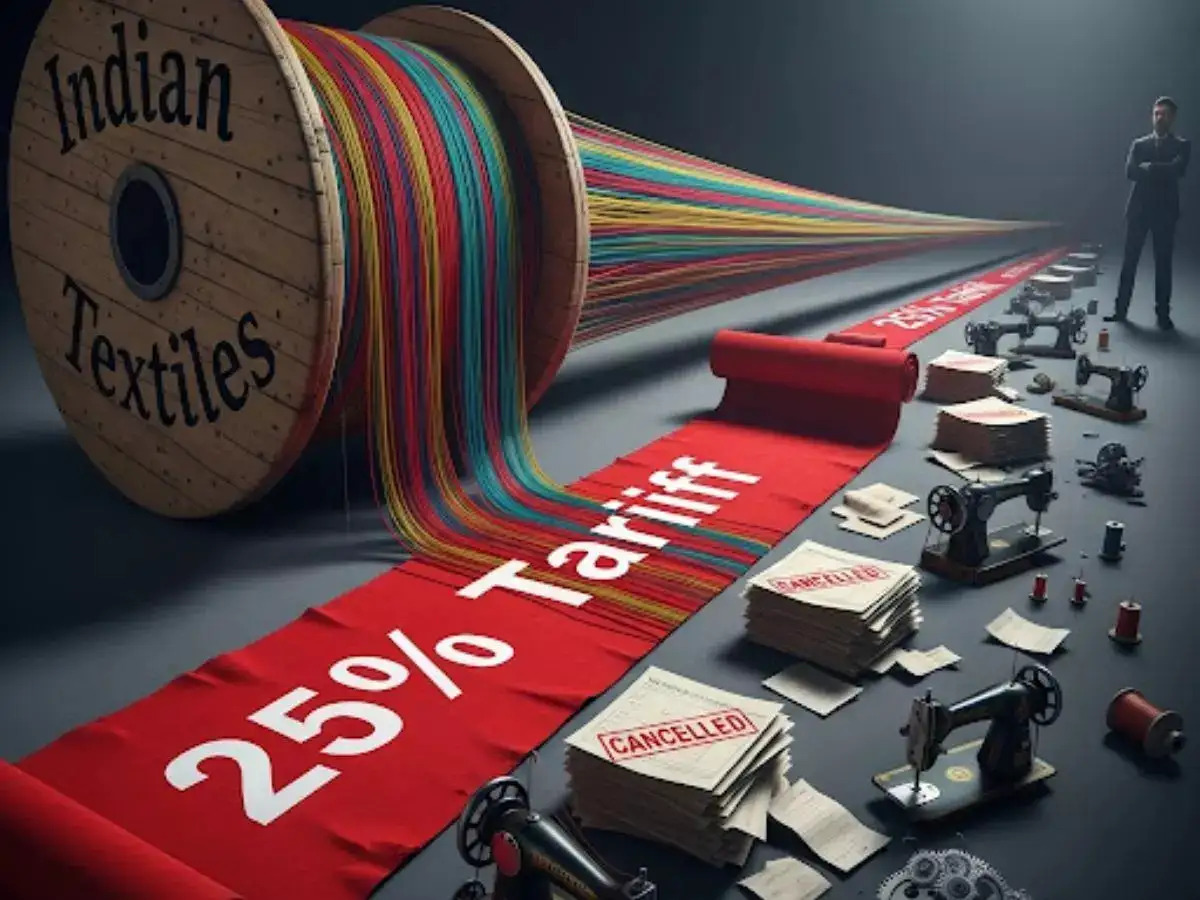The Q3, FY24 currency-adjusted sales of German sportswear giant Puma grew by 5 per centY-o-Yto €2.31 billion ($2.48 billion). asper data compiled by LSEG, highlighting the challenges posed by unfavorable foreign exchange rates that weighed on the company’s financial performance.
Whilethe brand’s sales remained stable compared to the same period last year, the strong headwinds from currency fluctuations continued to impact its bottom line. These adverse effects on revenue were part of a broader issue affecting global companies facing volatile currency markets.
Puma's growth in currency-adjusted terms reflects its ability to maintain demand for its products, driven by strategic initiatives and sustained consumer interest. The sportswear maker has been focusing on expanding its product lines, increasing market share, and leveraging partnerships with prominent athletes and teams to boost its brand presence worldwide. Yet, these efforts have had to contend with a challenging economic landscape, including currency impacts, inflationary pressures, and shifting consumer spending patterns.
Despite missing sales targets for the quarter, Puma has maintained its position as a significant competitor in the sportswear industry, continuing to compete with larger players like Nike and adidas. The company remains optimistic about navigating these challenges as it focuses on strategic growth and operational efficiency in upcoming quarters.












